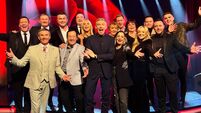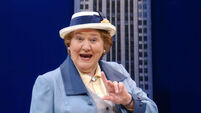Scary Monsters to Young Americans: Jim Comet picks David Bowie's 10 best albums
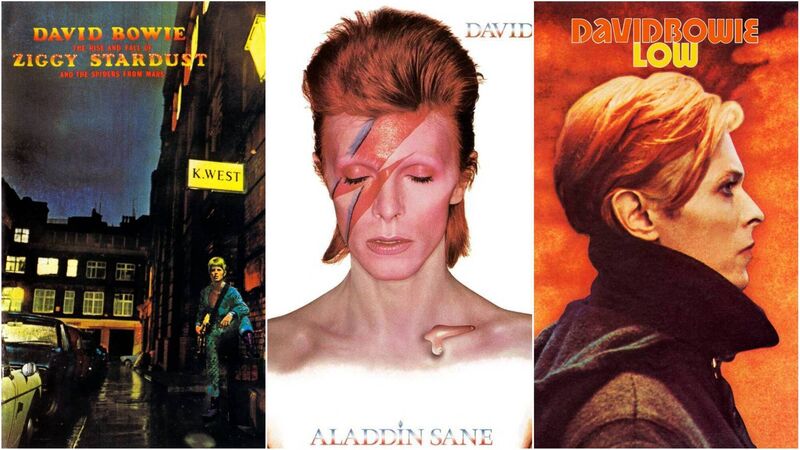
Jim Comet picks his favourite David Bowie albums
Growing up in Cork in the late 1970s and early ’80s, music was important. In particular, alternative music. The punk scene was great, and there were some ok record shops.
You could buy badges off Mick Lynch and second-hand clothes in the old McCarthys. However, if you really wanted to stand out then the only way was Bowie.
He was the one artist that was out on the edge, even leaving the punk scene in his wake. He intimidated people and in turn his fans intimidated people.
Bowie remained with me all my life, even though the 1980s and ’90s were difficult. His death devastated me. In advance of the anniversary of his death (January 8) and his birthday (January 10), I’ve selected what I think are his top 10 albums.
1. Scary Monsters (and super creeps), 1980
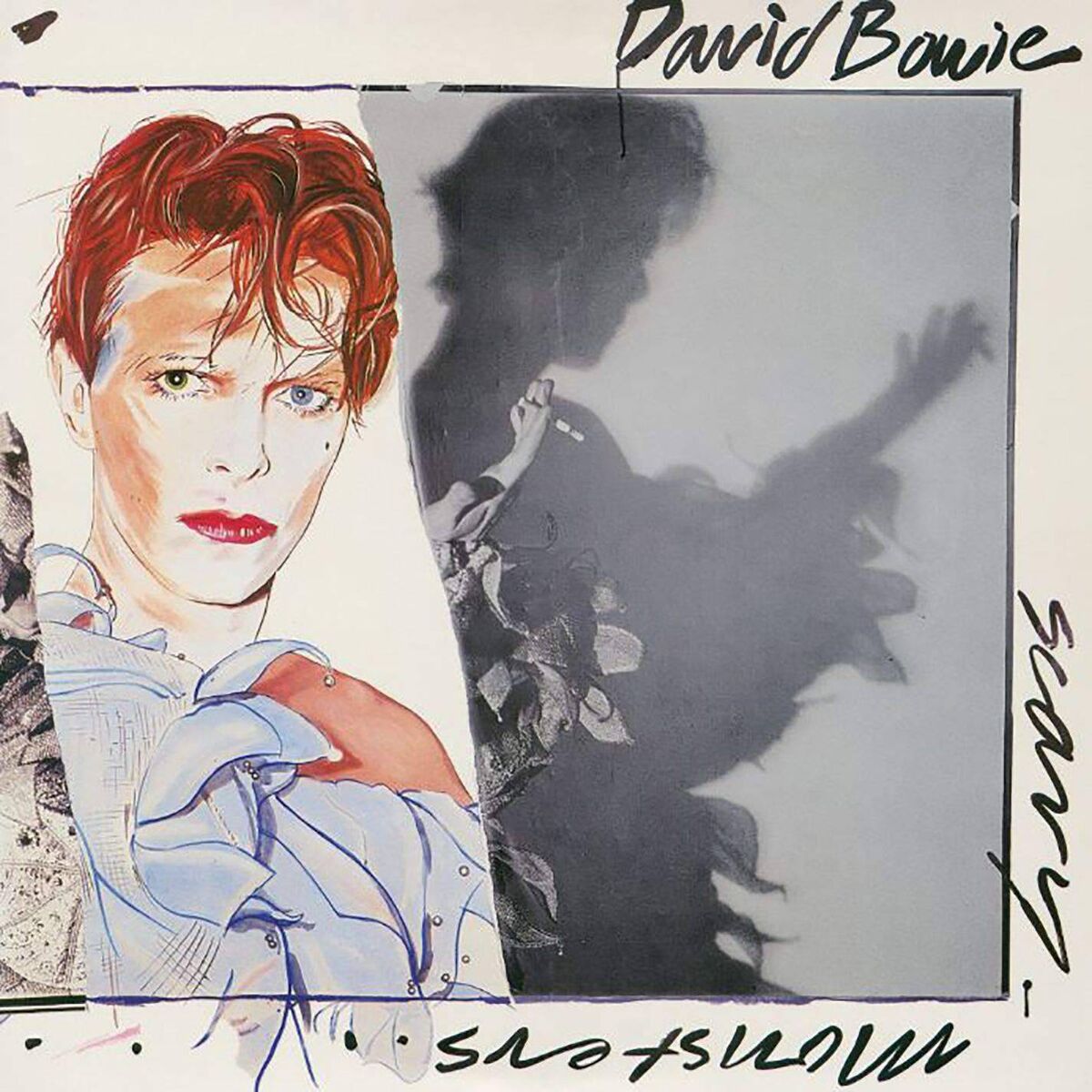
The final album in that amazing creative run he enjoyed throughout the 1970s, this was truly a game changer and streets ahead of everything else at the time.
Produced by Tony Visconti, it features the greatest collection of musicians he’s ever played with — including Robert Fripp on lead guitar, who was given complete free rein, along with the backbone of Dennis Davis, Carlos Alomar and George Murray.
From the opening It’s No Game part 1 to the closing Part 2 the album offers flawless perfection. I remember running into Golden Discs by the Statue from the North Mon the day this was released, afraid it might be sold out. The record blew my mind in 1980 and continues to do so on a
regular basis.
2. Low, 1977
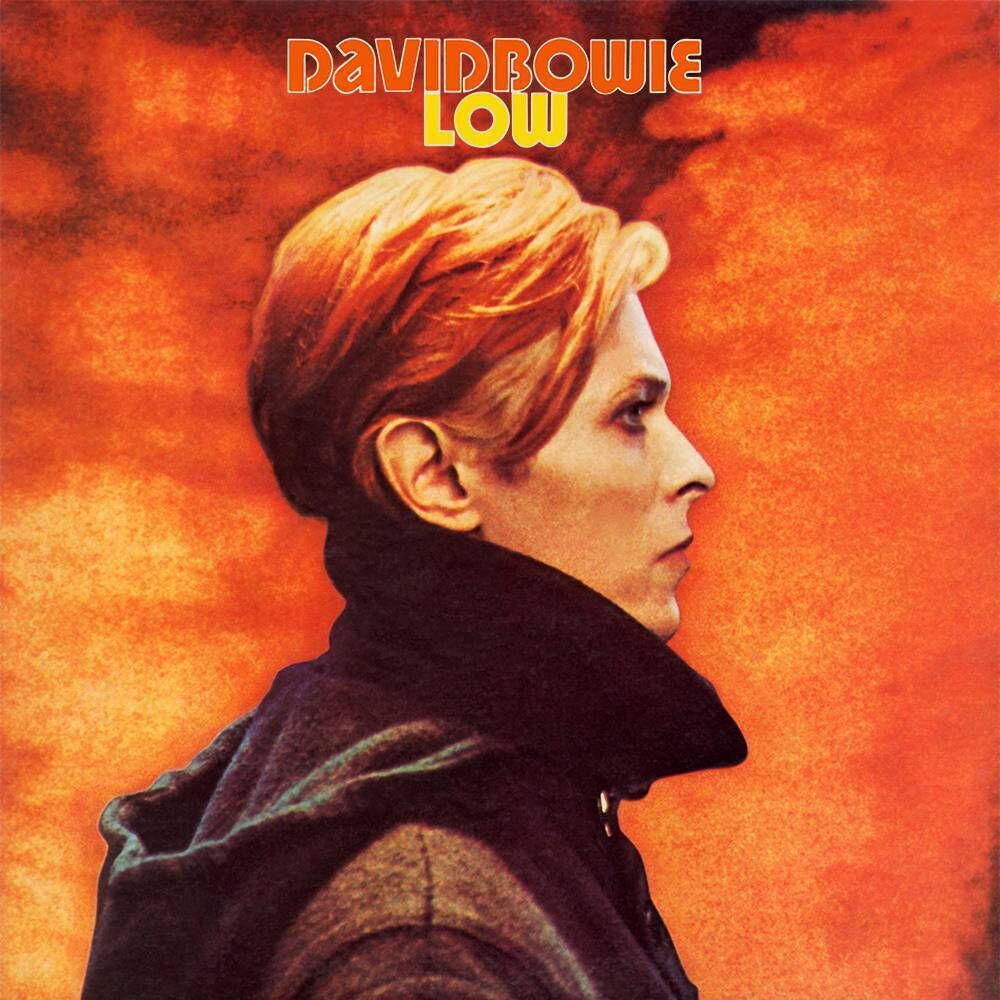
In 1976 Bowie moved from LA to Berlin to get off drugs and change his lifestyle. He also had a complete change of musical direction.
Having produced Iggy Pop’s solo debut, The Idiot, in the South Of France he began working on the first of what’s known as the Belin Trilogy with Tony Visconti and Brian Eno.
Low has a very DIY feel about it, almost like a series of demos. The record’s second side is completely made up of atmospheric instrumental pieces.
The production is very different from his other records, particularly the drum sound — very much in tune with the changes happening in music at the time.
This was post punk before post punk existed. Hugely influential on bands such as Magazine and Joy Division. Needless to say, the record company was not impressed at first, but the rest is history.
3. Heroes, 1977
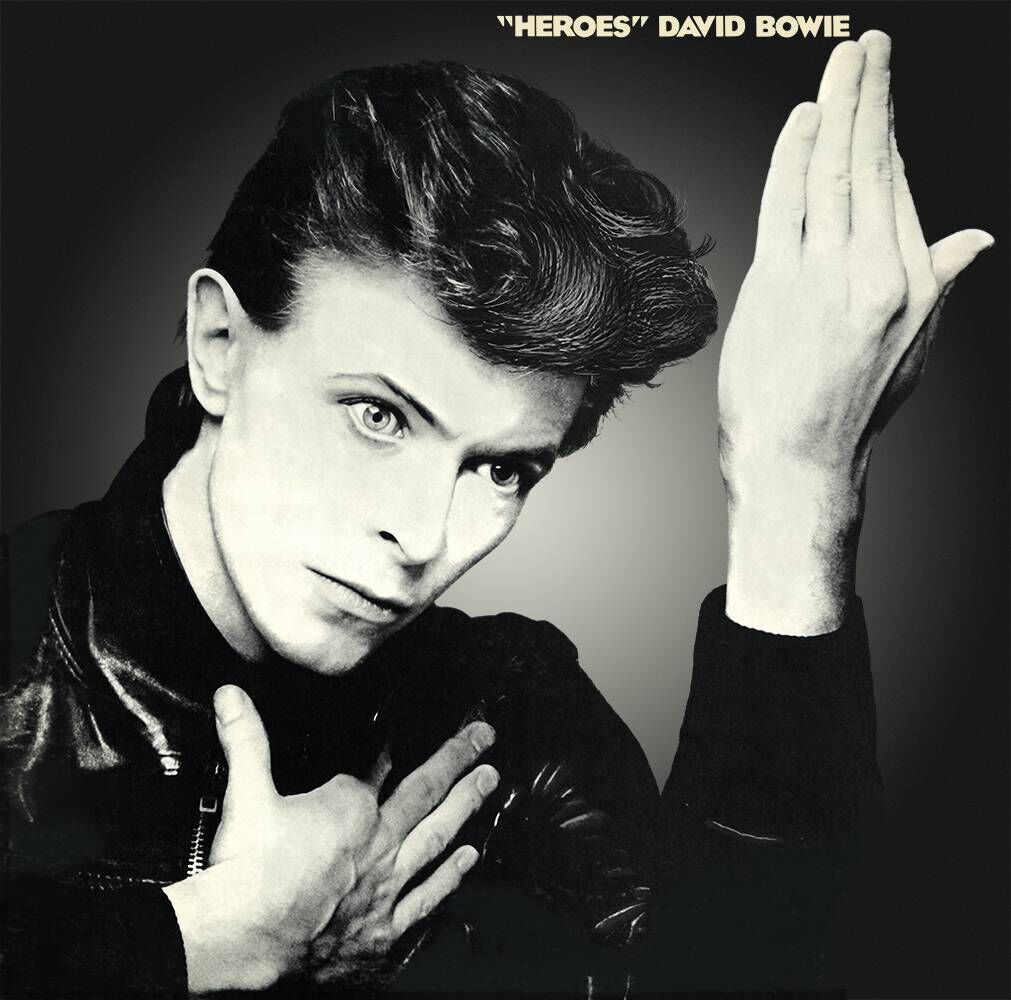
If Low was him dipping his toe in the water, then Heroes — the second of the trilogy — saw Bowie fully immersed. Recorded in Hansa
studios in Berlin by the wall this was a much bigger production than its predecessor.
Again produced by Visconti and Eno, it featured Robert Fripp on lead guitar which sent the sound in a hugely-different direction. So influential was his presence on the record that many argue that he should have got a bigger credit.
Musically, the songs are a lot more structured and heavily produced than Low, but the album takes the music to a whole other level.
This was the second Bowie album I bought and, to be honest, I was scratching my head a bit at first. But it didn’t take long for the record to click. The second side is again predominantly instrumental pieces but much darker, while the title track is widely considered to be his finest performance.
4. Station To Station, 1976
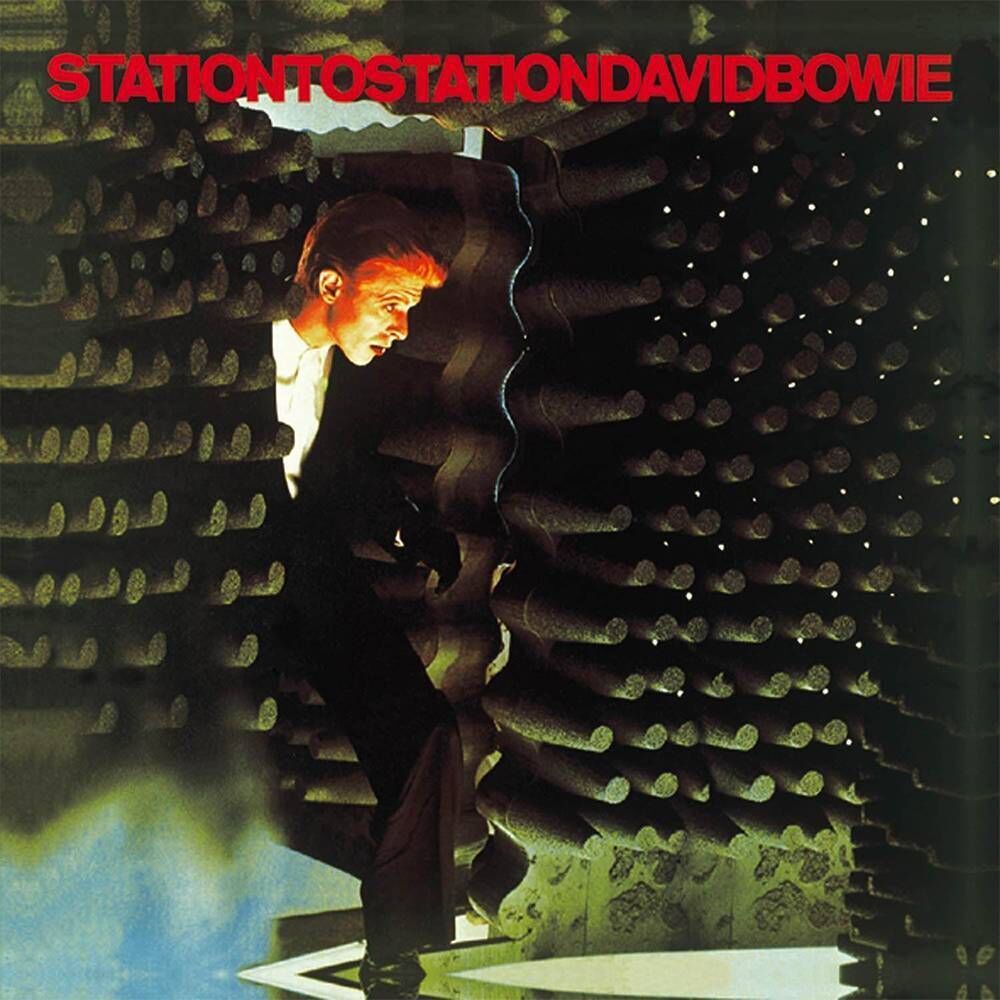
It has six tracks, and there were no outtakes. When it was released Bowie said he barely had any memory of recording it. Recorded in LA when he was at his lowest ebb, allegedly surviving on a diet of milk, green peppers and cocaine, it’s an intense record that introduces us to the Thin white Duke.
Musically, it mixes the funkier influences of his previous record with a darker more European feel, hinting at what was to come. The six tracks completely stand on their own. The opening title track, with that amazing sustained note on Earl Slick’s guitar, the intensity and noise of Stay, slot seamlessly alongside the beauty of the prayer like Word On A Wing.
Apparently, the single, Golden Years (probably the weakest track), was originally written for Elvis who turned it down.
5. Aladdin Sane, 1973
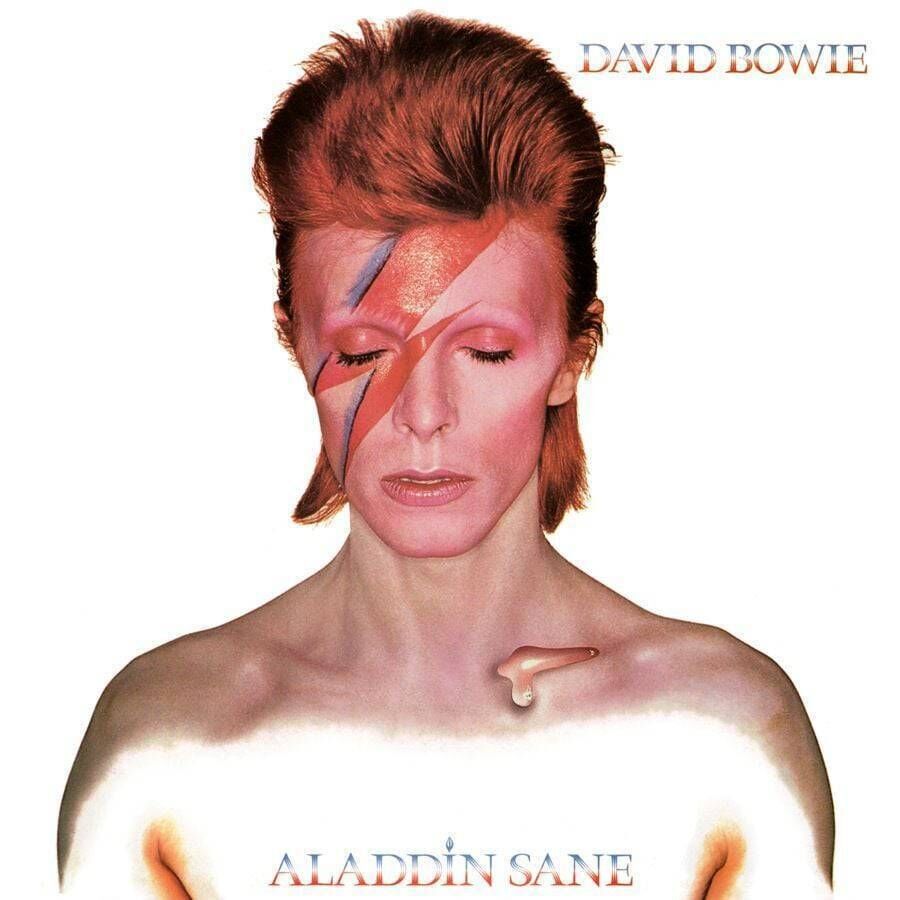
The follow up to Ziggy is a much darker, decadent and more chaotic affair, probably reflecting the direction his life was taking: Ziggy had turned into a monster, his personal and business affairs were all over the shop, and the drugs didn’t help.
The production by Ken Scott reflects this chaos, particularly in the opening, Watch That Man, where the vocal struggles to emerge from the noise. The Spiders are joined by two sax players, some backing vocalists and Mike Garson on piano, whose distinctive style completely
transformed the whole album and would go on to become an integral part of his sound right up until the end.
The album finishes with Lady Grinning Soul, which I think is the finest thing he’s ever done.
6. The Rise And Fall Of Ziggy Stardust And The Spiders From Mars, 1972
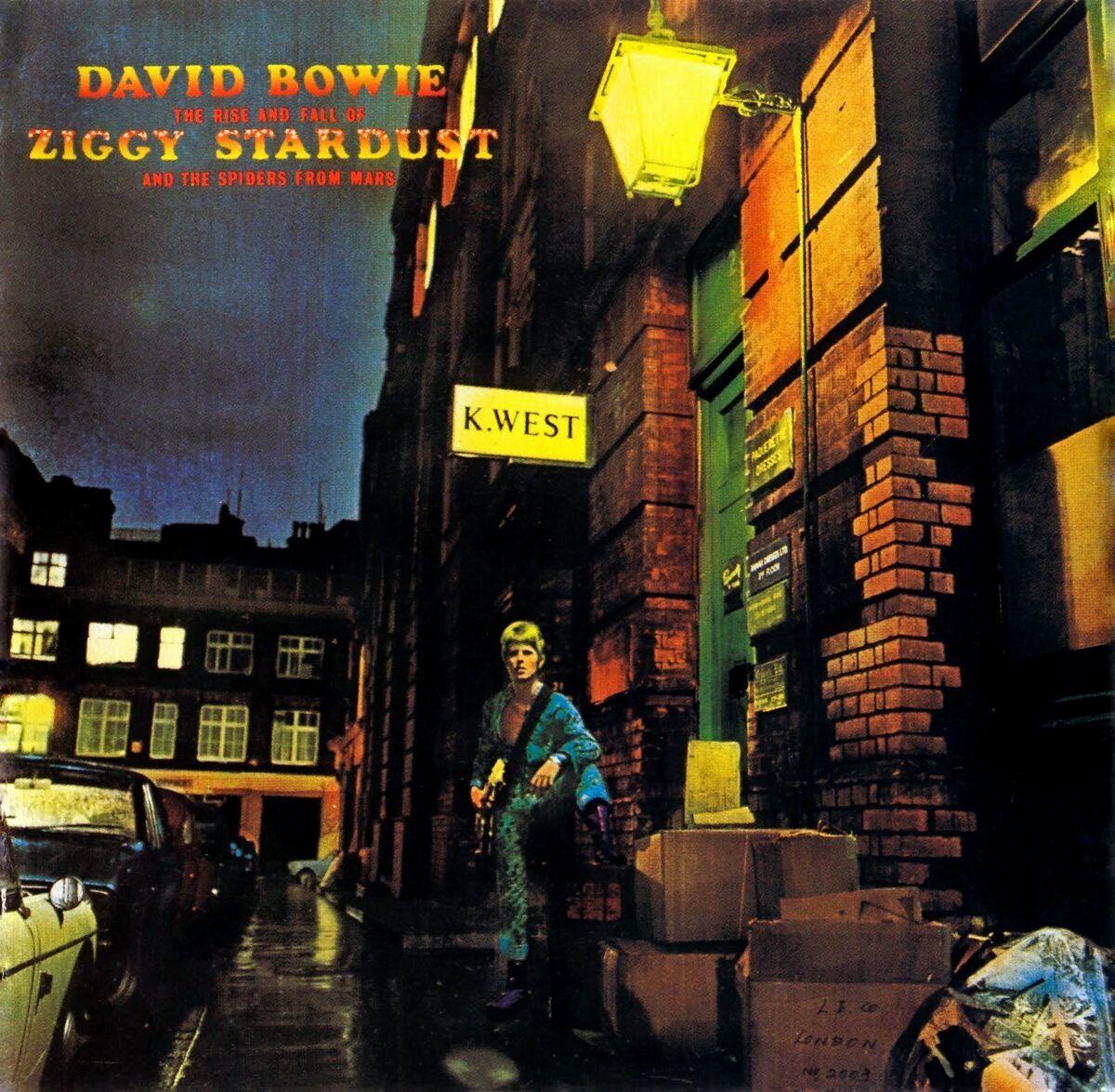
The one that started it all for me, and for him also. Bowie appeared on Top Of The Pops singing Starman, and music instantly changed. Ziggy had arrived. This is also the first album I ever bought. I remember coming home, going into the front room, putting this on the record player and BOOM … the world changed for me. It was like a religious experience.
The opening “pushing through the market square”, Ronson’s incredible guitar solo on Moonage Daydream, the way he says “Ooh how I sighed” on Lady Stardust — all these things still give me goosebumps when I hear them. A door opened and I felt as if I was a different person having heard this record. I still have the original copy and play it regularly.
7. Hunky Dory, 1971
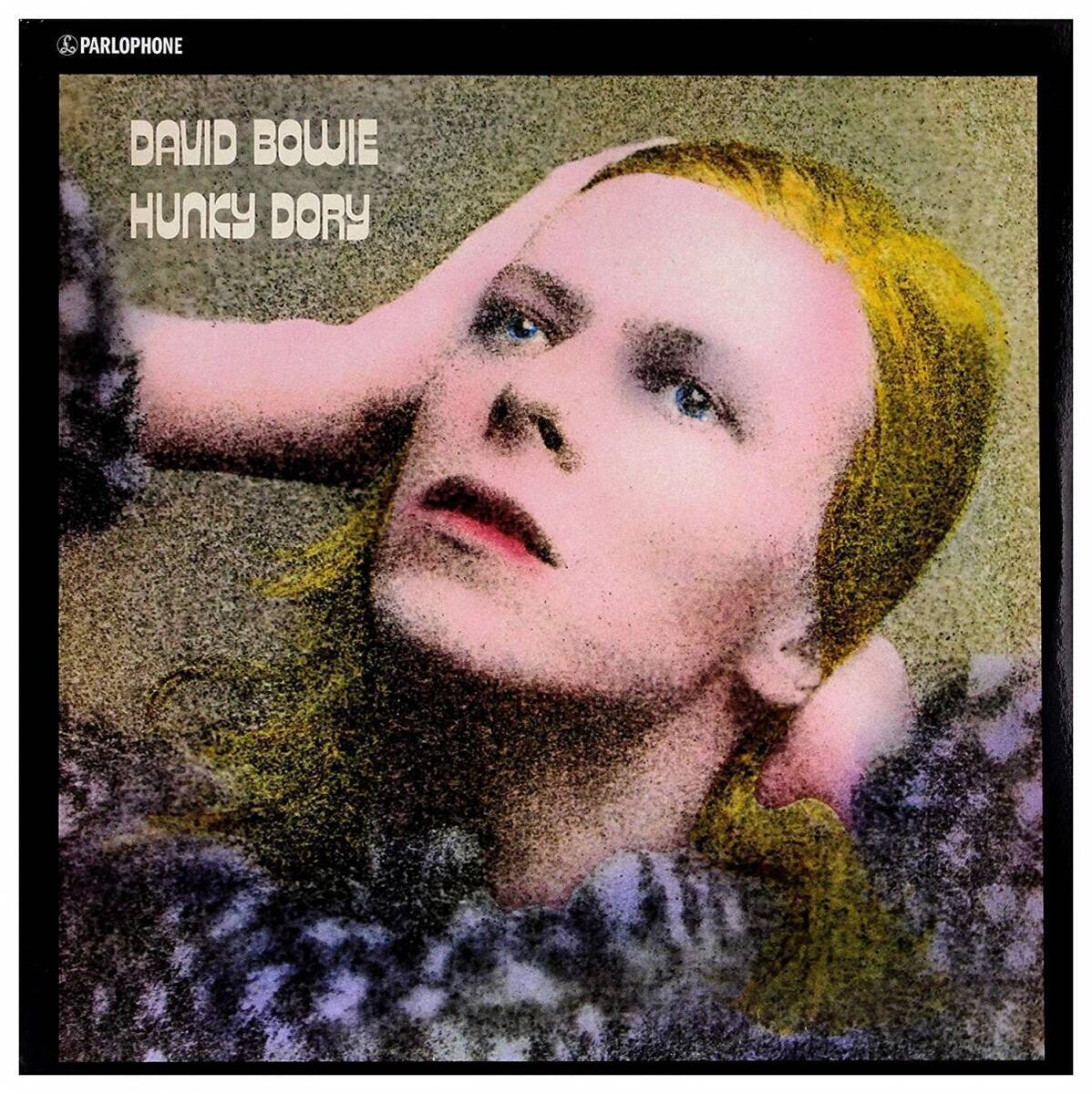
I think I bought most of my Bowie albums in Golden Discs on Patrick’s Street in Cork from the manager Martin — also a huge Bowie fan. You wouldn’t hear a lot of Bowie on the radio at the time so I would choose which one to buy by studying the sleeve. This particular album was way down my list because I hated the sleeve and the whole Greta Garbo thing. I seriously got that one wrong.
What an album... and how it wasn’t huge when it came out is baffling. It has very contrasting musical styles, from the piano-driven Changes to the darker, thoughtful acoustic The Bewlay Brothers. Produced by Ken Scott, it’s one of the clearest-sounding and best records I’ve ever heard. The perfect Bowie gateway album.
8. Lodger, 1979
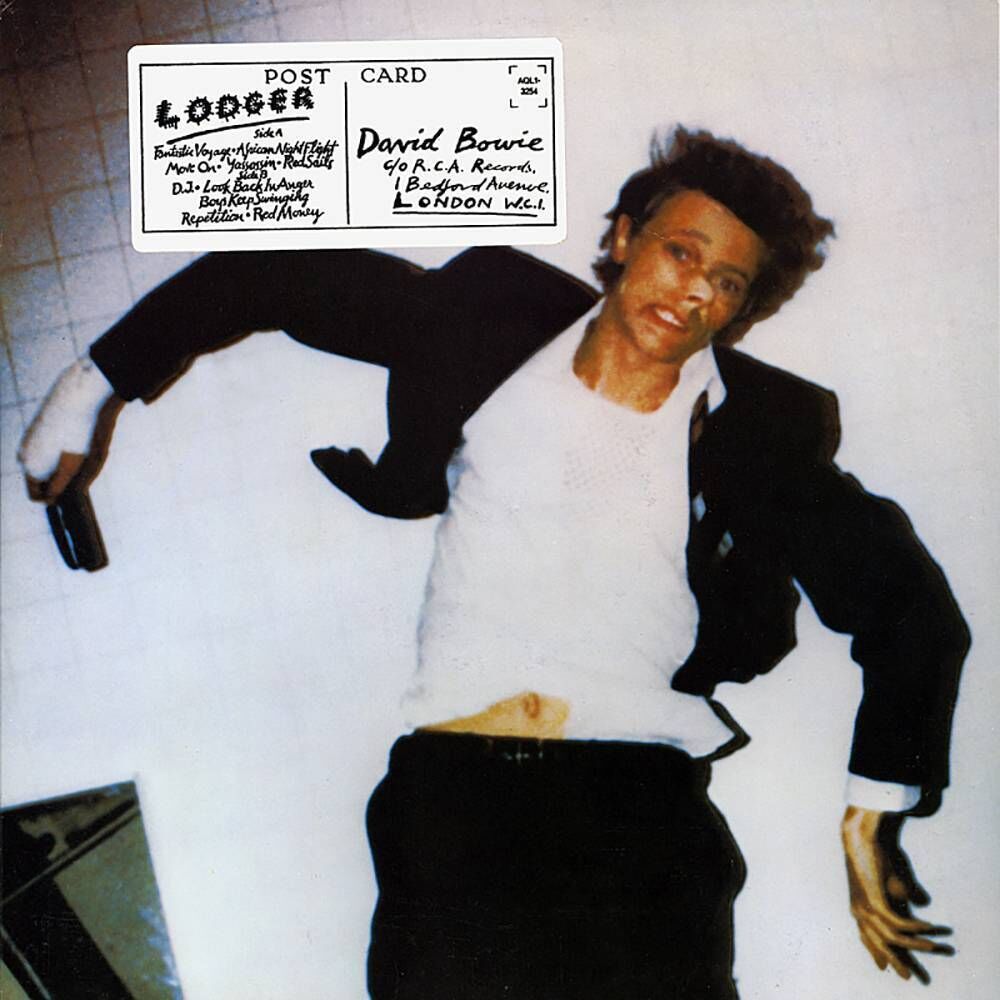
The third of the Berlin trilogy was actually recorded in Switzerland in the middle of the Isolar tour, again with Eno and Visconti. Unusually, he used his touring band, including Adrian Belew on guitar who absolutely nails it on Red Sails and Look Back In Anger.
Musically, it’s quite different from the other two, with a more worldly feel. The overall theme is of travel and the need to keep moving —touched upon heavily in the recent Moonage Daydream documentary. There are also no instrumentals.
A very underrated record that doesn’t get the credit it deserves, it also marked the end of his collaboration with Brian Eno. The musical relationship had run its course and both wanted to move on. It was also reported that Bowie’s musicians didn’t like working with Eno.
9. Heathen, 2002
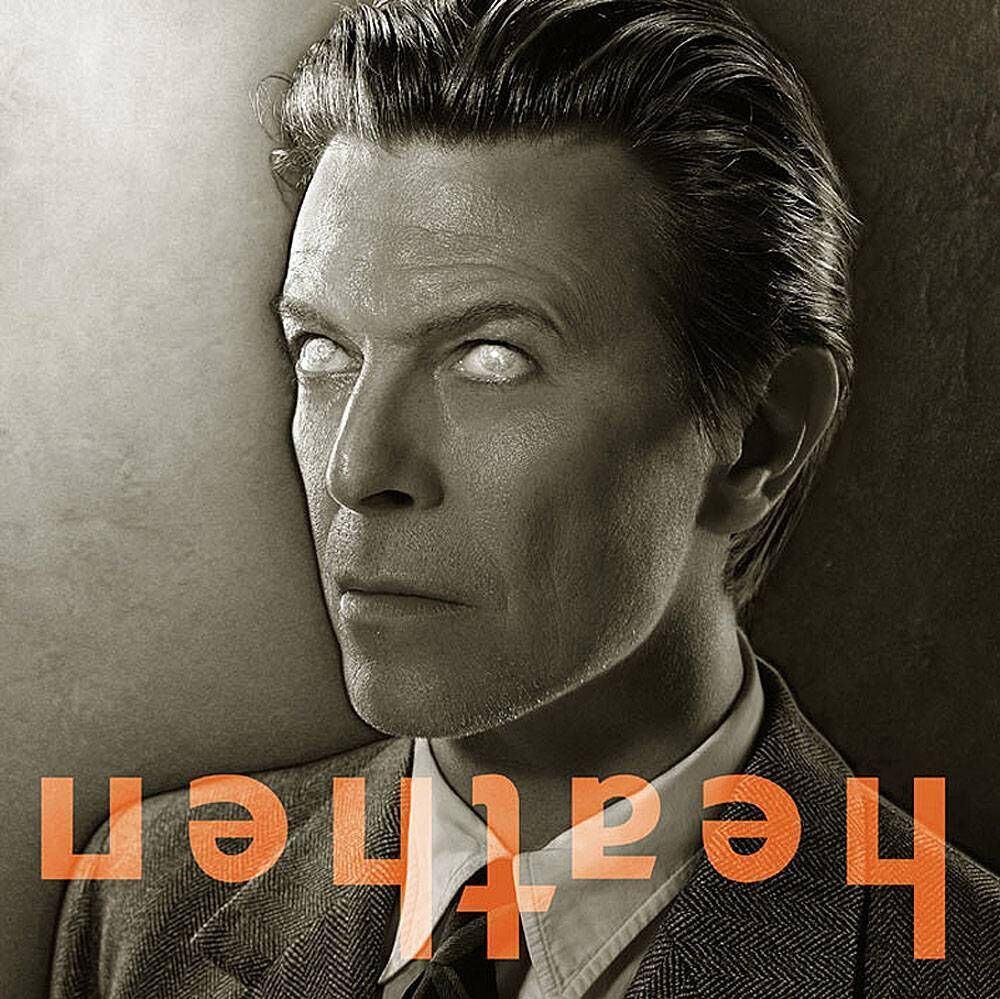
The 1980s and ’90s weren’t kind to Bowie. The ludicrous decision to stop working with Tony Visconti and become more commercial after Scary Monsters sent him into a musical abyss that took him years to recover from.
Every time a new album came, you’d wonder if this would be the one that would see him come back but alas it never happened. I had quietly given up until 2002 when he suddenly reunited with Tony Visconti and released Heathen. Musically his best since Scary Monsters and the only post 1980 album I even considered for this list.
A great cast, including Pete Townshend who provides some incredible guitar on Slowburn. The title track, which many feel is 9-11 inspired, is classic Bowie and wouldn’t be out of place on the trilogy.
10. Young Americans, 1975
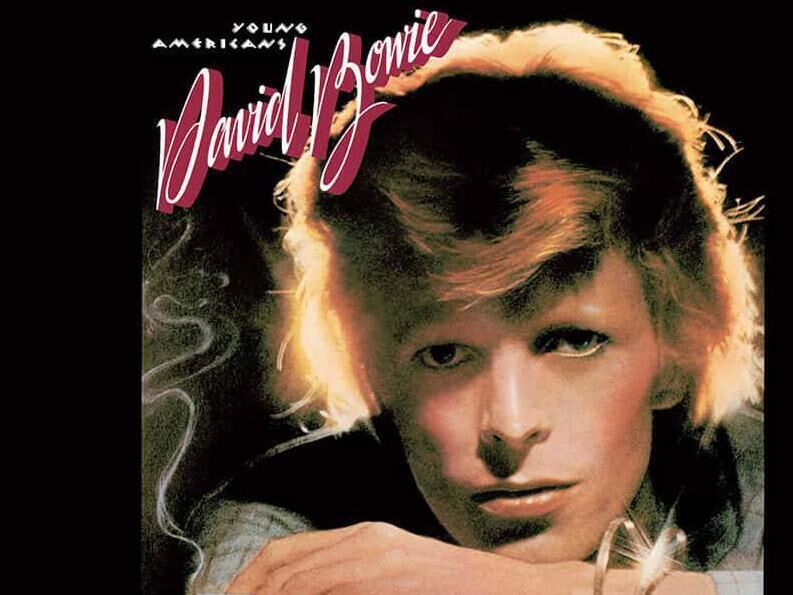
You can only fit 10 albums into a top 10 and I struggled to choose from three for the final place. After considering Space Oddity (1969) and The Man Who Sold The World (1970), I ended up voting for what Bowie termed his ‘plastic soul album’.
For a skinny white guy from Brixton with an increasing cocaine habit to make one of the greatest soul albums of the 1970s is an incredible achievement.
The songwriting and arrangements display an incredible understanding of music. I’m specifically thinking of the backing vocal arrangements on Right. The record also introduced Carlos Alomar and Dennis Davis who would form the nucleus of his band until the end of the 1980s.
- Dublin Bowie Festival takes place January 10-15: https://www.dublinbowiefestival.ie/

